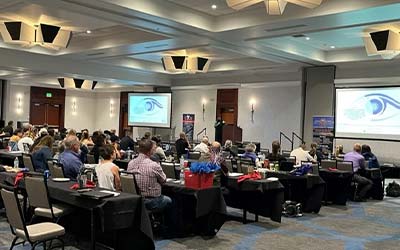Snowmass Lake on 4-pass tail loop
flower growing out of a boulder
Sunset in Wind River Mountains
Wind River Mountains
icicles
Elizabeth Colorado, home
Lake Louise Canada
Westcliffe Colorado
Buena Vista Colorado
Canmore Alberta Canada
Sandhill Crane in flight, Bernardo Wildlife Area, New Mexico
Clare Valentine, aerial dancer, Denver
Reddish Egret at Merritt Island National Wildlife Refuse, Florida
Roseate Spoonbill in flight, photographed at Merritt Island National Wildlife Refuge, Florida
Sunrise in Bosque Del Apache Wildlife Preserve, New Mexico
Sheepscot Bay - Red Sunrise
Sheepscot Bay, Maine
Range near Maroon Bells
Red Ice Crystals
Mon Amie
Two cats at home in Peyton
Sunrise at the Northrim of the Grand Canyon
Looking Up - campground Northrim Grand Canyon
Iris blooms at home in Peyton
Northrim of the Grand Canyon
Pine, Colorado. Friends Stargazing
Mount Schilthorn, Switzerland. Small Mountain Pub
Mount Schilthorn, Switzerland. Gorgeous Mountains
Golden Gate State Park, Colorado. Mid-Summer Mountains
Tschingel ob Gunten, Switzerland. Mountain Panorama
My house, a picture of the temperature and a picture of Jesus of what he can provide for us!
My Dog who is always there and I can see clearly now.
Where I live, the mountain range so clear to see know..
Badlands National Park
Barr Lake State Park
Chipeta Lake - Montrose Colorado
Milky Way at Arches National Park
Garden of the Gods - Praying Hands Rock Formation - Bighorn Sheep
Dubinski Sunset, Moab UT
Pinnacles & Mounds, Badlands National Park
Lake DeSmet, Johnson County, Wyoming 2023 - Sunset 2
Bald Eagles, Story, Wyoming
Lake DeSmet , Johnson County, Wyoming Dec 2023 - Sunset
Sky above home in Cody
Pilot and Index peaks near Cooke City, MT
Curious chipmunk at the overlook of the Sunlight Basin on Chief Joseph Highway in northwestern WY
Cranes in Alkali Lake - Cody, WY
Cat 1
Cat 2
Cat 3
Cat 4
Cat 5
a mule deer in my backyard in Littleton, Colorado
Autumn color along the Million Dollar Highway in the Colorado San Juan Mountains
Autumn in the Colorado San Juan Mountains
Autumn view along the Colorado West Elk Scenic Highway
Riding the Durango Silverton Narrow Gage Railroad in the Colorado San Juan Mountains
home garden, Pueblo Colorado
Family dog investigates a backyard visitor. 2011
Bridger Wilderness, Wyoming. 1982. The horseback rider watering his horse is my father-in-law
Columbine flowers in our backyard. Broomfield, Colorado. 2014
Commemoration of 9-11, Broomfield, Colorado. 2004
Waterfall, Jasper Park, Alberta, Canada. 1980
Fire in the Sky
Red Clay Waterfall
Ready for Harvest
Sunset Shore
Best Seats in the House
Solitude
Days Gone By
Switzerland Country Side
Sunflower Fields East of Denver
Close-up Sunflower with Bee
Lighthouse Door County, WI
wildflower that I took whilst hiking with my Husband in the Lost Creek Wilderness
Dachau The scariest place Ive ever been as a Jewish person
Sunrise Cabo, Mexico
Christmas lights at the Chatfield Botanical Gardens
Fall in Troy, Oregon
Grande Ronde River in Troy Oregon
Photobomb From Above
Snowy Night in the Mountains
Soybean breakthrough
Circle of Light
Fireflies
Dog and dragon with blueberries on nose
Nitro looking out the window of our house
Maui, Hawaii - There’s Gold in them Hills
Kaanapali Beach, Maui, Hawaii- Best Covid Vaccine
Dubai, UAE



